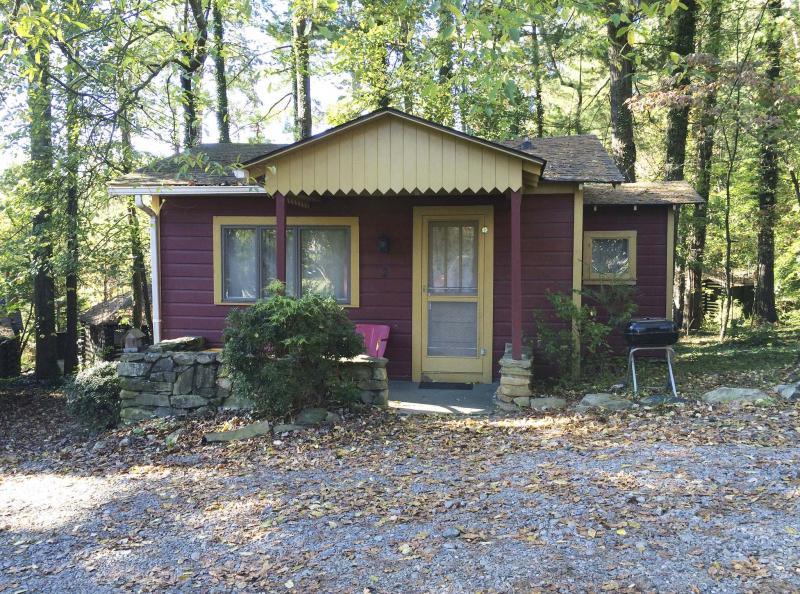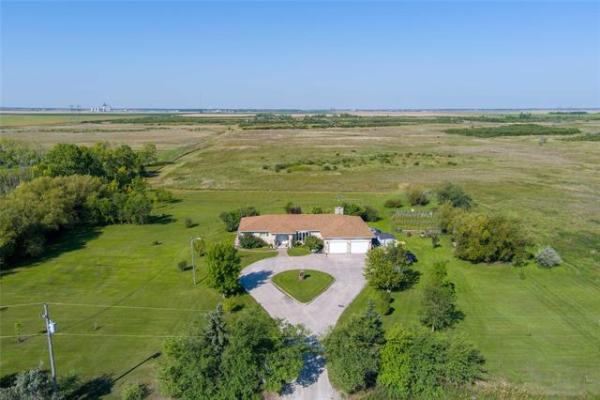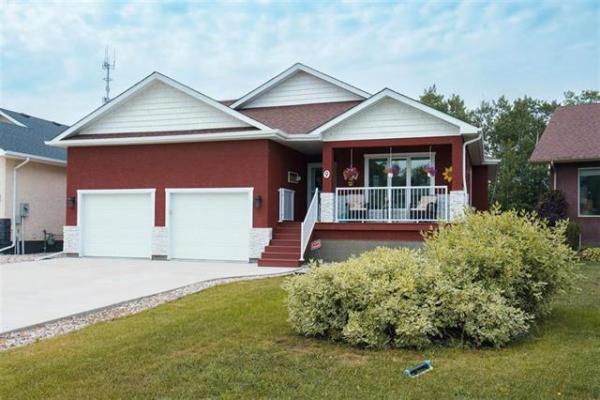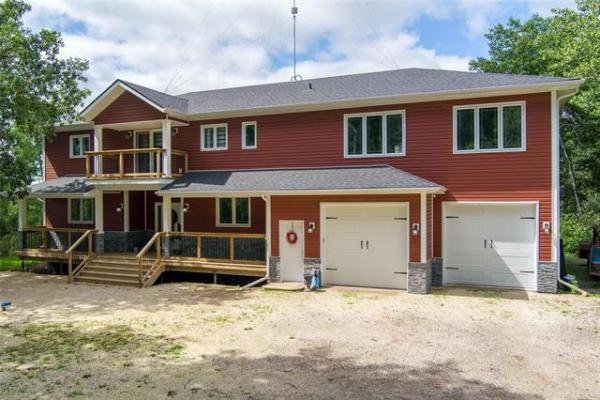Question: We are in the process of getting our cottage ready for installation of a water cistern, in order to have year-round water. We have had the cottage raised and leveled professionally, and a pony wall installed around the entire perimeter of the cottage, including the sun porch. When doing this we included two windows with screens for ventilation, one at the front and one at the rear. The main cottage floor is insulated underneath with vapour barrier, fibreglass insulation and chipboard on the bottom of the floor joists. The sunroom floor was not insulated and three of the four walls are single-pane windows — hardly efficient. We intend to install an in-wall electric heater in that room, which is 250 square feet, in order to use the room for extended time. In the cold winter months we will likely close off this room instead of replacing the windows and doors, to make it energy-efficient.
Our plan going forward is to spray-foam the inside of the entire crawlspace pony wall, including under the sunroom area. The entire space is approximately 1,200 sq. ft., and three feet high. We plan on installing four electric baseboard heaters, with the heating capacity of 750 watts each. We want to also install a 1,500-gallon cistern underground, pump and plumbing under the cottage.
Should we remove the insulation under the cottage, to prevent dry rot from occurring due to airtight conditions when we spray-foam the area? If we leave heat on at a minimum, say 5 C in and under the cottage, will this eliminate the risk of dry rot setting in underneath? Is it OK to heat only the rooms above the plumbing area, leaving all four bedroom thermostats off in the winter months? This heated area should include all the plumbing and pipes that could freeze up.
— Thanks, Jim Heron
Answer: With the first snowfall of the season looking like it’s going to stick around, this is an ideal time to answer your seemingly perennial question, with a slight twist. In addition to the normal insulation and heating requirement issue, extra measures may be needed to prevent your new cistern from becoming damaged, because of your minimally used and heated cottage plans.
You have already taken some of the major steps toward having a nice warm building, with the raising and installation of the knee-wall for proper support of your cottage and to provide enough room for a properly insulated crawlspace. Spraying high-density polyurethane foam insulation on the inside of the knee-walls and between the ends of the floor joists should provide you with a well-insulated and sealed crawlspace. The only other item you forgot to mention is a proper 6MIL poly air/vapour barrier over the dirt floor of the crawlspace. Installation of that thin membrane is essential to prevent excessive moisture from the heated soil entering the home. Once it is in place and secured to the bottom of the knee-wall, the foam can be sprayed to give you a very well air-sealed crawlspace.
Before you engage the foam installers, removal of the insulation, sheathing, and air/vapour barrier from between the original floor joists should be done. While not absolutely essential, removal will not only prevent potential condensation and rot from occurring, it will also let excess heat from the crawlspace rise. That heated air will be important in helping to provide a warmer floor surface, which would be prevented with insulation trapping that heat underneath. That may be a fairly tricky job, since the knee-wall is in place, but will surely make for a warmer floor in the heating season.
One thing I don’t understand is how you are going to get the cistern under the building. I would have expected you to state that it was installed after the cottage was lifted, but before completion of the knee-walls. Regardless, you will have to include protection from freezing for the cistern, as well as the plumbing supply and drain pipes. While it may seem like that large an amount of water would take a long time to freeze, it may be possible if you embed the cistern in the soil under the cottage, or if there is a prolonged power failure during the winter.
For the above reason, I would not heat only the portion of the building that contains the plumbing pipes and fixtures. It would not take long for that small an area to drop below freezing if the heat went off. Also, excessive condensation and frost formation is much more likely in the unheated rooms, especially on very cold days. For that reason, you may want to leave the temperature of the areas with the plumbing slightly higher — perhaps between 8 C and 10 C — and the other rooms slightly above freezing. That way, if there is a short-term loss of heat there will be a longer time before the entire building drops below freezing, potentially preventing frozen and burst water pipes.
The final item to address is a monitoring system to ensure your home away from home stays in good condition when you are not there. Installation of temperature sensors connected to Wi-Fi in the building and crawlspace, as well as smart thermostats, is a great way to get notification if the temperature inside drops to a hazardous level. You may also require heat-trace cables or another heating system for the cistern to prevent damage. Checking with a local plumber for common practices in that area may help you decide on which of those choices is best for your purpose.
It looks to me like you have taken the proper approach to insulating, air-sealing and heating the crawlspace in your renovated cottage. Regardless, installation of a monitoring system, and an auxiliary heat source for the water supply, would be a great addition for your peace of mind.
Ari Marantz is the owner of Trained Eye Home Inspection Ltd. and the past president of the Canadian Association of Home & Property Inspectors — Manitoba (cahpi.mb.ca). Questions can be emailed to the address below. Ari can be reached at 204-291-5358, or check out his website at trainedeye.ca.
trainedeye@iname.com




